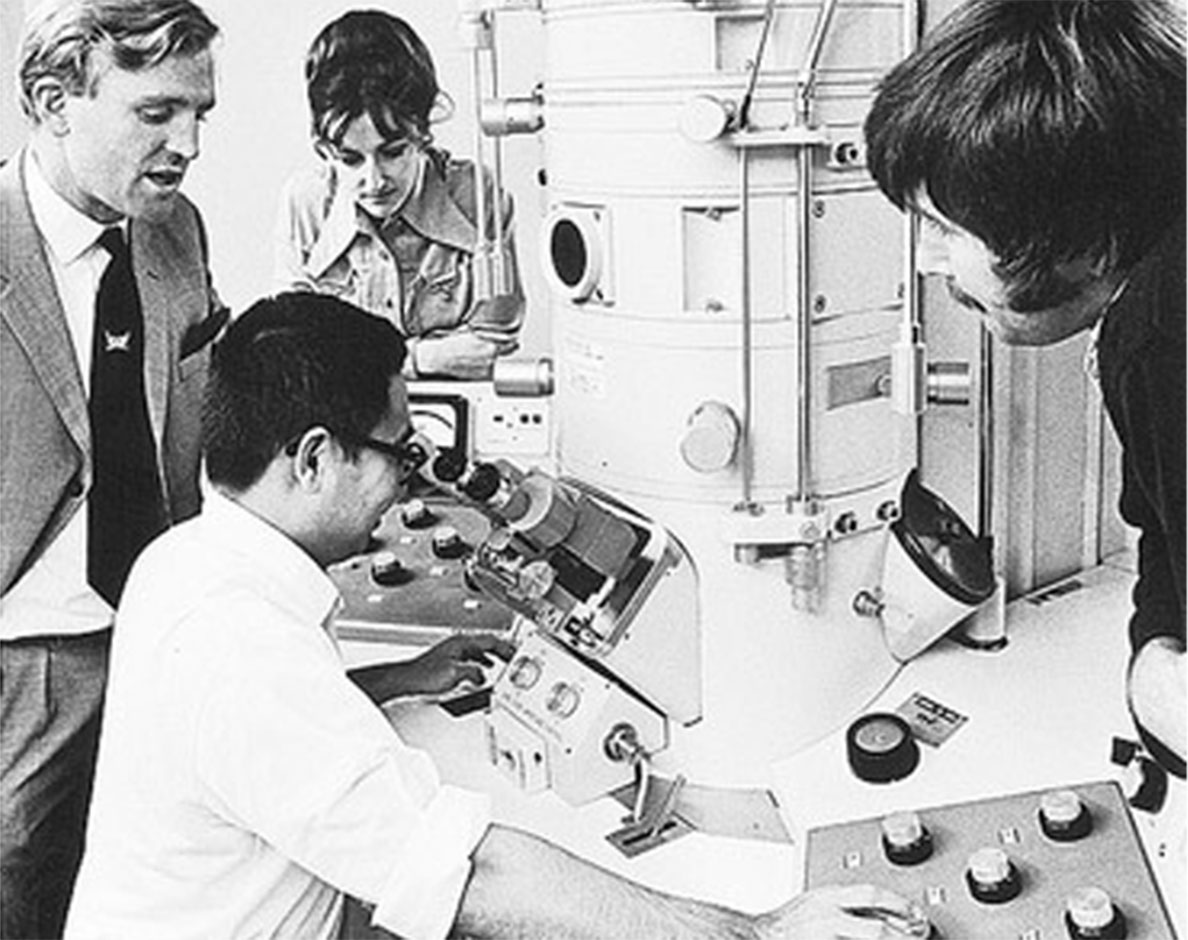Julia Busiek, UC Newsroom

America has long been the undisputed global leader in science and innovation, propelling our economy and improving everyday lives at home and abroad.
But federal support for scientific research and development has been in decline for decades — hindering the search for solutions that will save lives and define our nation’s future.
Now, instead of shoring up America’s longstanding scientific dominance, Congress is considering policies that would make this problem much worse. The Trump administration’s proposed federal budget for the coming year calls for deep cuts — upwards of 50 percent in some cases — to the federal agencies that fund the majority of science at America’s universities.
“The impacts of these cuts would be unlike anything seen in U.S. history,” says UC Associate Vice President for Federal Governmental Relations Chris Harrington. “Slashing funding for university research will make it harder for the U.S. to stay ahead as other nations accelerate their progress in areas that are critical for economic and national security, like quantum computing, energy and biotechnology.”
And as research funding challenges grow in America, Harrington notes, U.S. scientists are being offered positions overseas, where universities in Europe and Asia have pledged stability and support. So when these scientists’ work bears fruit in the years to come, it is Europe and Asia — and not the United States — that will benefit first and most.
UC is speaking out about the issue and pressing Congress to reject the proposed cuts and instead reinvest in our national science agencies. Learn more about the impact of science on life in America, and why the stakes for this year’s federal budget negotiations are so high.
The U.S. leads the world in science today because the American people united to invest in research and development after World War II.

By the early 1960s, federal spending on research and development equaled nearly 2 percent of U.S. GDP, and American leadership in science and technology had become the envy of the world.
The federal government is the nation’s top source of support for basic research, providing 40 percent of total U.S. spending on research in its earliest, most exploratory phase. U.S. universities, with UC in the lead, play an important role in advancing America’s scientific progress: academic labs carried out 45 percent of basic research and 16 percent of applied research in 2021, the most recent year for which data are available.
And yet the federal government’s support for science has gradually diminished over time ...
While the U.S. continues to invest more in science than any other country on earth, federal science spending as a share of GDP has declined for decades from its peak in the 1960s and now accounts for just 0.6 percent of GDP. As a share of global science spending, the U.S. declined 6.6 percent between 2001-2021.
... just as global competition has heated up.
China’s share of global research and development spending increased 19.2 percent in the same 2001-2021 period. China’s R+D spending is on track to outpace the US by 2027.
Since January, the federal government has canceled or delayed thousands of research grants to hundreds of U.S. universities.
The National Science Foundation, which funds early-stage, exploratory research, has awarded about $1 billion less in grants for new research than its average over the past 10 years, and has terminated more than 1,700 active grants for existing projects worth about $1.4 billion. The National Institutes of Health has cancelled 1,389 grants and delayed funding more than 1,000 additional projects. As of May 1, the NIH has reduced its funding to health research by 20 percent.
At every UC campus, these cuts have halted research projects that are poised to deliver vital new knowledge, including studies of aging, addiction, obesity, maternal and fetal health and Alzheimer’s disease.
In the short term, these cuts will cost the U.S. jobs and economic growth …
A 25 percent cut to federal research funding would hit the U.S. economy with the same force as the 2008 Great Recession, according to a recent analysis from economists at American University. Under a 50 percent cut, the average American family could wind up with $10,000 less.

